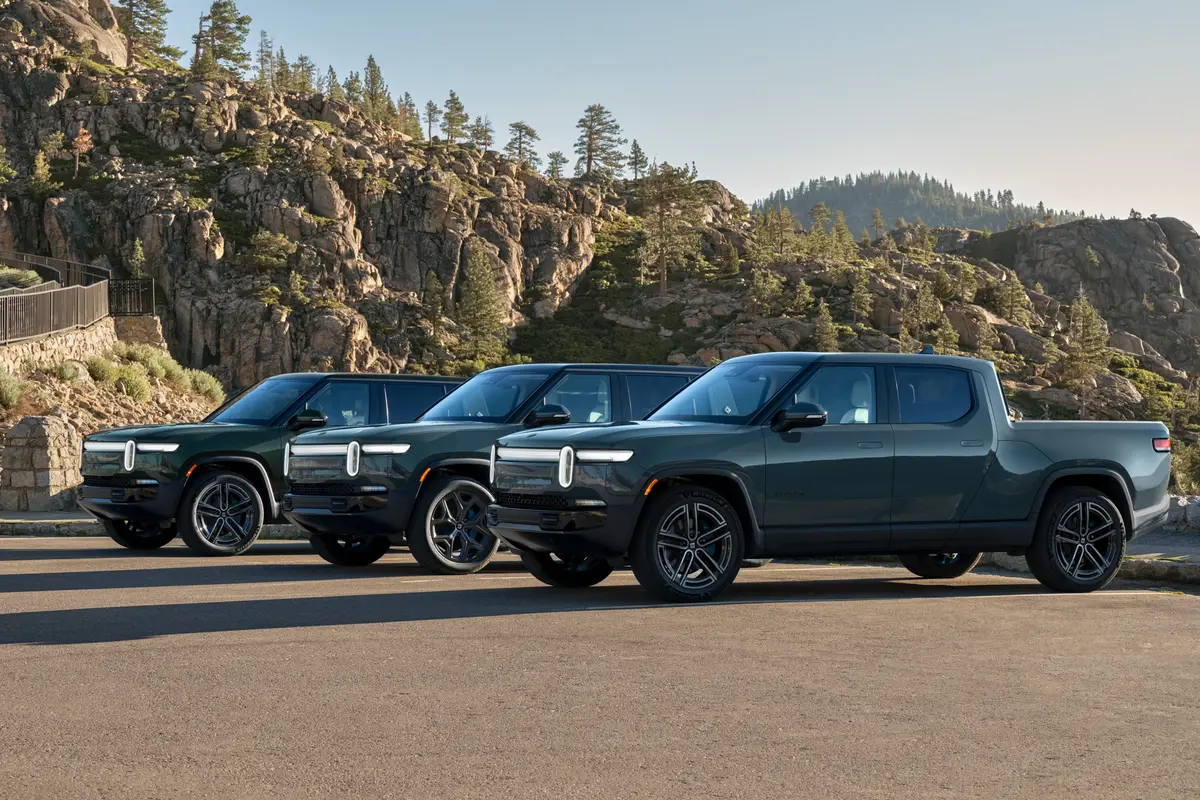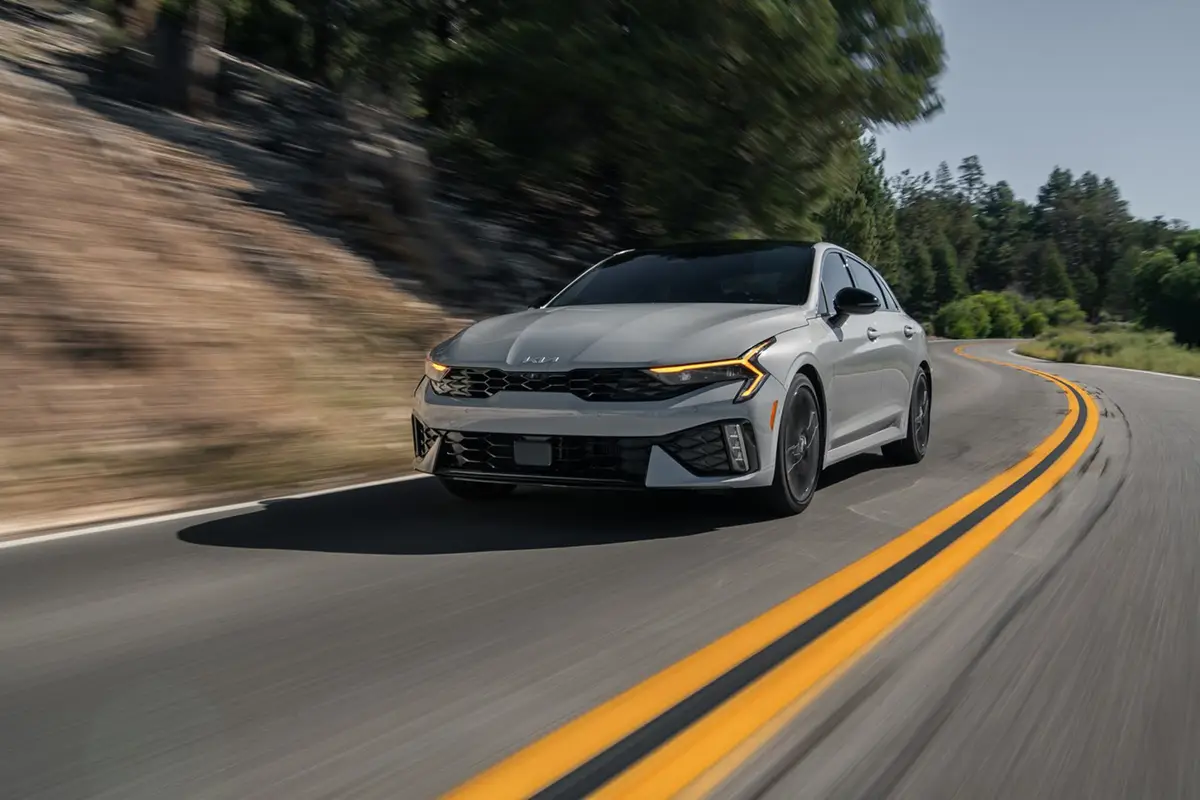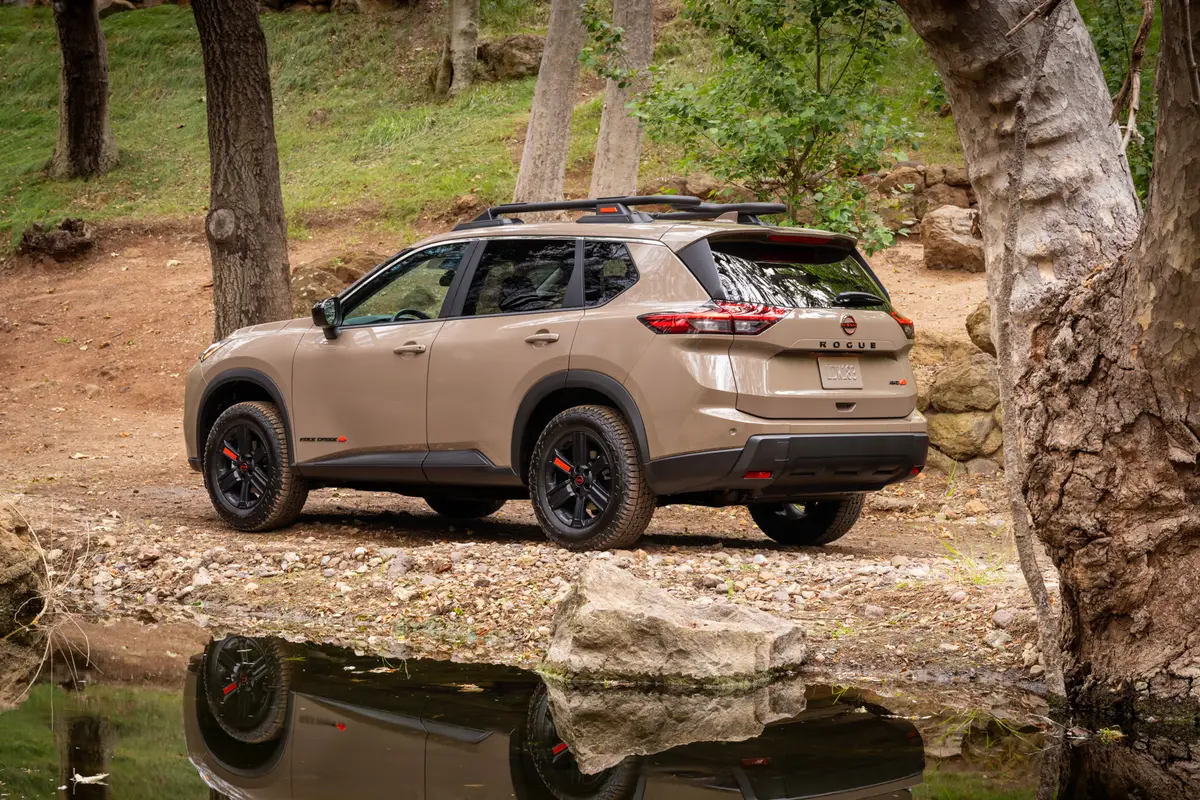chicagotribune.com's view
Volvo has gotten serious about wanting to sell more cars in the U.S. as evidence by introducing a compact entry-level model with a sticker price under $30,000.
The 2000 S40 sedan means young or budget-minded buyers no longer have to wait until a Volvo reaches its third birthday, depreciating to the point they can afford one.
The attraction of an S40, however, isn’t just the price tag. Though small, it doesn’t lack the safety systems that turned consumers on to bigger, more expensive Volvos.
And while carrying a Volvo name, this little compact shares the same design philosophy that’s been showing up at Volvo the last few years as it has shed the stodgy box-on-wheels image.
No longer do you have to make apologies for the sheet metal.
The S40 sedan starts at $22,900, the V40 wagon (V designates station wagon, obviously a Swedish inside joke), at $23,900. That compares with a base price of about $28,000 before tax and options on the midsize S70 sedan, $38,000 for the larger and more luxurious S80 sedan and $39,000 for the sporty C70 coupe.
Volvo boasts that though small, the S40 packs some punch thanks to its 1.9-liter, 160-horsepower, turbocharged 4-cylinder engine.
Actually, it’s more of a jab than a punch. Like most turbos called upon to generate more power out of what basically is a high-mileage, economy engine, you experience a lag between the time you kick the pedal and feel a response. We found the turbo 4 seemed more ready and willing to boost acceleration at cruising speed and pulling out to pass than it did from a standing start in moving out into traffic. When you need the power to pass, the air conditioner automatically cuts off for a few seconds to provide maximum output.
Of course, the S40 isn’t a performance sedan. Not meant to be. The S40 is a compact sedan that has adequate power when needed, but sits back and cruises while consuming very little fuel all other times.
The 21 m.p.g. city/28 m.p.g. highway rating from the turbo 4 teamed with 4-speed automatic is testament to the fact that this sedan wasn’t brought into the fold to win over performance enthusiasts as it was to bring folks into Volvo showrooms who normally would have ventured to Lexus to check out an ES300 or Mercedes for a look at the C230 because Volvo didn’t have anything new in their price range.
Whi ch, of course, brings us to safety. The S40 is loaded with features aimed to protect its occupants.
Four-wheel anti-lock brakes are standard. Dynamic Stability Control (DSC, an anti-skid system) is part of the optional weather package that runs $850 and includes heated seats and headlamp washers/wipers.
DSC continuously monitors and compares the speed of all four wheels. If one or both of the front drive wheels begin to slip, the DSC module detects the action and reduces the amount of fuel injected into the engine to quickly reduce torque.
DSC continues to regulate fuel flow to the engine until wheel spin stops. Volvo says at 55 m.p.h., DSC will prevent wheel spin within 1.5 feet.
The suspension has been designed for a firm feel with the road without letting a lot of harshness filter back through the wheel. The steering system have been tuned for quick response to wheel input.
But most S40 owners aren’t going to be concerned as much with road manner s as h ighway safety. In addition to ABS and DSC, the air bag and belt system is noteworthy. Seat belts are fitted with pre-tensioners that tighten to eliminate slack in a frontal impact but come with load limiters to provide some “give” needed at higher speeds when load levels on the belts are at their highest.
And then there’s the air-bag system, dual front as well as side air bags. The side bags inflate with sufficient volume to provide chest and head protection. Unlike the S80, the S40 doesn’t have an inflatable side curtain that drops from the roof to provide a barrier between occupants and the side glass, but it will.
The driver and passenger front air bags are the dual threshold variety, which means they will inflate at lower speed if the occupant is belted and higher speed if the occupant is unbelted. The system can detect whether driver is belted and passenger isn’t or vice versa to regulate deployment speeds. Any time a bag deploys, all doors are automatically unlocked to make it easier for occupants to exit or emergency crews to enter.
The air-bag system can’t detect whether the passenger seat is occupied or not, but as with the inflatable side curtain, stay tuned.
And the seats incorporate the WHIPS (Whiplash Protection Study) system to reduce neck injuries in rear-end collisions. WHIPS was introduced on the S80 a year ago and is now standard in all Volvos.
With WHIPS, the backrest and head restraint move with the driver to reduce the distance between the head and the restraints to minimize the risk of a whiplash injury.
With all the attention to safety, we have one gripe.
Why are the outside mirrors minuscule? The tiny mirrors limit side and rear vision. Sure would help to have more warning when trouble is brewing from the side or behind.
There are a few other gripes. For a compact sedan, cabin room is fairly generous, except in the back seat where legroom is tolerable but tight.
Our test car came with optional leather seats, which were a bit stiff and didn’t offer a great deal of lateral support for those who might want to drive a little more aggressively on twisting jaunts through the rural countryside.
And the S40 features a center armrest that folds down when you want to rest your arm or up when you don’t. But it didn’t take much contact with the folded armrest for it to pop back down.
Also, a cupholder slips out of the dash, but once a cup or can is removed, such as when you take a drink, the holder collapses. Once you take a pop can from the holder, better consume all 12 ounces or you’ll be left holding it.
As noted, the front-wheel-drive S40 starts at $22,900.
Standard equipment includes 15-inch radial tires, cruise control, cabin pollen/dust filter, tilt steering, digital clock/temperature display, power driver’s seat, split folding rear seats, power windows, power heated mirrors, power plug, floor mats, tool kit, rear window defroster, tinted windows, AM/FM stereo with cassette and electronic climate control system.
As a special incentive, those who order an S40 or V40 by Sept. 30, get one of five $500 accessory packages free. The packages include cooler/heat chest, jumper cables, first-aid kit, PC holder table, umbrella and holder, garment bag, cargo compartment tray/divider or roof box.
Volvo expects to sell 30,000 S40s annually in the U.S., to help contribute to its goal of 200,000 sales annually by 2004, up from about 120,000 now.
Other future contributors reportedly will be an all new V70 wagon and S60 coupe in 2001 and a sport-utility vehicle that will be shared with its new owner Ford in 2003.
>> 2000 Volvo S40 sedan Wheelbase: 100.4 inches Length: 176.5 inches Engine: 1.9-liter, 160-h.p., turbocharged 4-cylinder Transmission: 4-speed automatic Fuel economy: 21 m.p.g. ci ty/28 m.p.g. hi ghway Base price: $22,900 Price as tested: $26,350. Add $2,200 for sunroof package with power sunroof, leather upholstery, simulated wood-grain dash and wood gear lever; $400 for metallic paint; and $850 for weather package with dynamic stability assistance, heated seats and headlamp washers/wipers. Add $575 for freight. Pluses: Entry-level Volvo for less than $30,000. Dynamic stability assistance for all-weather motoring. Abundance of safety features and systems. Very good gas mileage. Minuses: Turbo lag with 4-cylinder engine. Why such small mirrors? Finicky foldaway center armrest. Cupholder collapses each time cup removed. >>
Latest news



